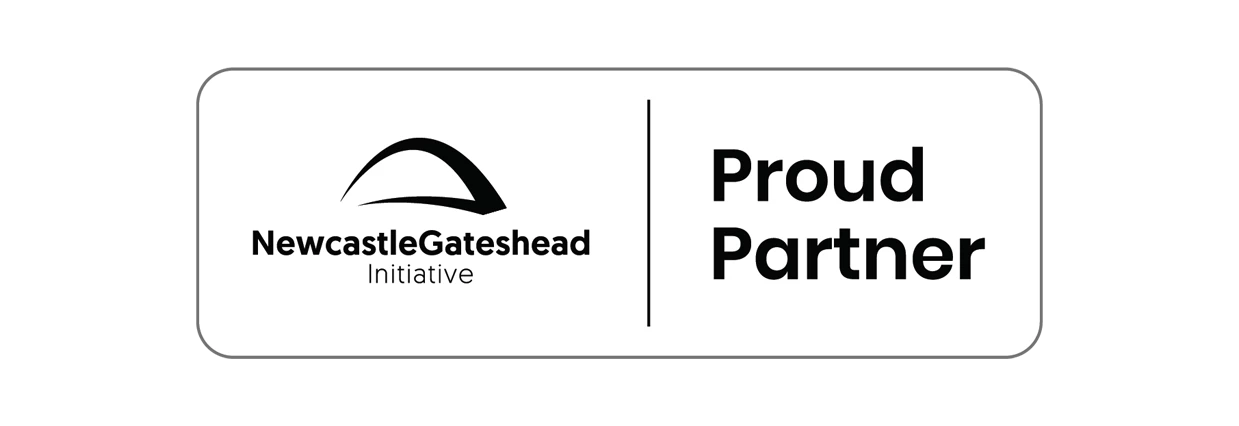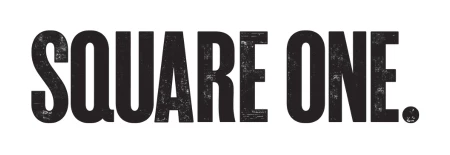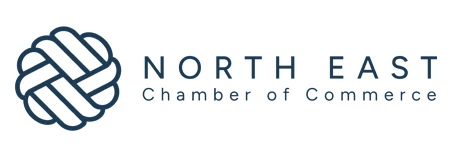Partner Article
Developing your business’s online presence
It’s Online Marketing focus week on Bdaily. Here, Alex Ashton, marketing co-ordinator at IT services company adept4, advises how to develop your business’s online presence.
With hardly any barriers to entry and little cost other than time, social media has the potential to be used to great effect as a marketing tool by even the smallest business. Creating a strong online presence can help to boost your brand, engage audiences and create and participate in active communities.
There’s a knack to utilising social media tools effectively and there are a few key points to bear in mind when embarking on the social media marketing journey.
Engaging and creating relationships is key to a successful social media strategy. Don’t always talk business, incorporate your personality. It’s important not to just push out information; start and join in conversations, especially with people and organisations you’re looking to build a connection with. Engaging with them will help you to find common ground and identify shared objectives – which can be mutually beneficial in the longer term.
As with most things in business, content is key and you need to make sure you’re consistently adding value. Always try to ensure that you’re creating and distributing relevant content that will be significant and applicable to your audience. There is nothing worse than impersonal, irrelevant messages which are consistently repeated, word by word. Give a recommendation or thank you to an organisation that has treated you well. If you are receiving these share them, when your customers and potential customers see them this will increase trust and reinforce the quality of your product/service.
Be active – participate on a daily basis but do not spam, ask questions, answer questions. Use applications such as hootsuite or sprout social to manage your social media platforms over busy periods or holidays, to ensure you remain on top of activity
Ensure that your online presence reaches across all the social media platforms used by your target audience. Customise your approach so that it is appropriate for different platforms. For B2C, use Facebook to engage with potential customers and interested parties, for B2B, utilise LinkedIn, selling visual goods such as fashion? Use instagram to showcase your latest stock. Twitter is a must and don’t forget your Google+ for SEO.
Encourage each member of your team to have a LinkedIn profile and to connect to each other, this will expand your network, allowing everyone and every message shared to achieve a wider exposure (reach).
Make sure that your business website and any blogs or associated content is linked to your LinkedIn profile. This will help to strengthen your brand and the business’s identity as a whole by allowing contacts and clients to easily draw a connection between your online presence and your business activity.
Twitter is a great marketing tool and offers a variety of ways to connect with audiences and engage potential customers. Utilise the hash tag to develop your profile and increase awareness or simply use these to find trending industry topics where you can join the conversation. This will also help you become more searchable and increase your number of followers.
Creating your own hash tags can also help to package an idea, concept or event into an easily accessible mini brand, which users understand and identify with. The #FF (FollowFriday) hash tag is a brilliant example of this; it’s an instantly recognisable tag – used universally across the Twittersphere, and great for connecting to people from business connections to close friends in a relaxed, appreciative way. Hash tags are also a great way to create awareness of a particular issue or get a buzz going around an event.
Just be careful to use a bit of common sense and choose a hash tag which reads well, the infamous #susananalbumparty tag, which was used to promote Susan Boyle’s album party, is a great example of how not to do it.
It’s wise to integrate your social media offering. You can do this by including social media avatars on your print materials, email communications and footers, and by embedding direct links and sharing buttons to Facebook and Twitter etc. to your websites. This will help to push people through the social media channels that suit them best; once they are following you they become a target for future messages. They can help you share your story.
This was posted in Bdaily's Members' News section by adept4 .
Enjoy the read? Get Bdaily delivered.
Sign up to receive our popular morning National email for free.








 The real cost of tendering for construction SMEs
The real cost of tendering for construction SMEs
 A welcome step forward – but let’s keep pushing
A welcome step forward – but let’s keep pushing
 Industrial strategy 'can drive business forward'
Industrial strategy 'can drive business forward'
 Industrial strategy 'can be game-changer we need'
Industrial strategy 'can be game-changer we need'
 Driving skills forward with near £100,000 boost
Driving skills forward with near £100,000 boost
 What pension rule changes could mean for you
What pension rule changes could mean for you
 North East can't be an afterthought in AI future
North East can't be an afterthought in AI future
 Understanding the impact of the Procurement Act
Understanding the impact of the Procurement Act
 Is the UK losing ground in life sciences investment?
Is the UK losing ground in life sciences investment?
 Construction workforce growth can't be a quick fix
Construction workforce growth can't be a quick fix
 Why it is time to give care work a makeover
Why it is time to give care work a makeover
 B Corp is a commitment, not a one-time win
B Corp is a commitment, not a one-time win